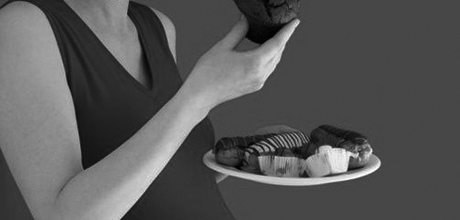
If you’ve ever tried to lose weight before, you’ll know that it isn’t easy. Especially keeping the weight off after the initial drop. A mixture of working out and eating a well-balanced diet will always be the best strategy. But if you only have time to focus on just one, which is more effective?
Weight loss happens when your body requires more energy and calories then you’re putting in, and so is forced to break down the molecules in your fat cells for fuel.
There are countless ‘fat-burning’ diets out there, from keto and paleo to intermittent fasting, but all rely on creating a calorie deficit.
Aim for a deficit of between 250kcal and 500kcal per day and see how your body responds. There are two simple ways to work towards a 250kcal deficit: first, consume less; second, move more.
However, an over-reliance on exercise can have its downsides. In one study, people who trained for an average of half an hour per day didn’t lose any more weight than those who averaged 15 minutes – the more committed exercises subconsciously rewarded themselves for their hard work by eating more food.
As well as tracking your calorie intake, it is advised that you boost your non-exercise activity thermogenesis (NEAT). This covers any movement that isn’t part of your structured training plan, such as walking to the shops, cleaning the house, or running around after the kids.
Where exercise does come into its own is weight maintenance. Research shows that people who form good fitness habits alongside switching up their diets are far more likely to stick to their plans. So, think less about burning fat and more about bulking up your willpower.
The decider:
Diet




